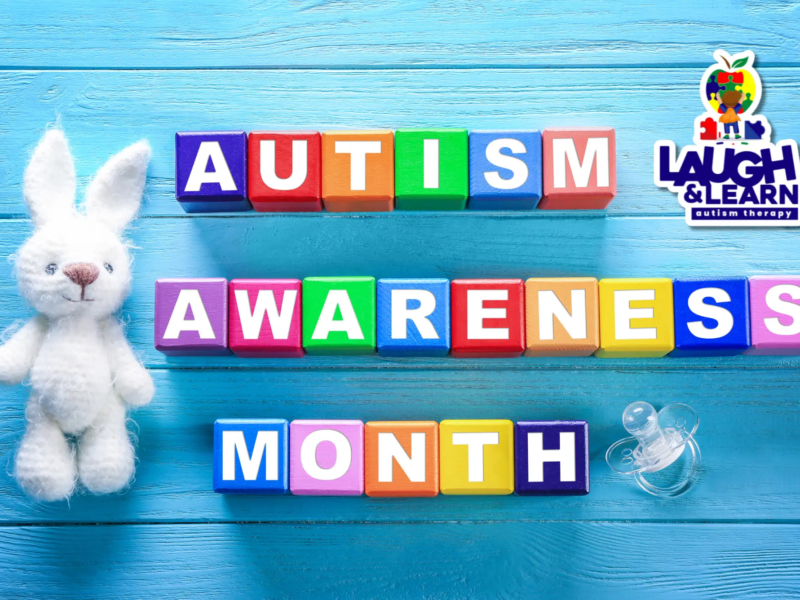ABA Therapy Techniques: A General Overview
Applied Behavior Analysis (ABA) therapy is a structured and evidence-based approach that focuses on understanding and improving behaviors in individuals with various developmental challenges, particularly autism spectrum disorder (ASD). ABA therapy employs several effective techniques aimed at fostering positive behaviors and skill development. Let’s delve into some of the key techniques used in ABA therapy:
1. Positive Reinforcement
What it is: Positive reinforcement involves rewarding desired behaviors to increase the likelihood of those behaviors recurring. It could be anything from verbal praise, tokens, preferred items, or activities that the individual finds rewarding.
How it’s used: Therapists identify specific behaviors they want to encourage and reinforce them consistently. For instance, if a child communicates effectively or completes a task, they might receive praise or a preferred item, reinforcing the behavior.
2. Prompting and Fading
What it is: Prompting involves providing cues or assistance to help an individual perform a behavior. Fading is gradually reducing this assistance to encourage independent behavior.
How it’s used: Therapists initially provide strong prompts, gradually reducing them as the individual becomes more proficient in the behavior. For example, a therapist might physically guide a child’s hand to complete a task initially and then fade the physical guidance as the child gains mastery.
3. Shaping
What it is: Shaping involves breaking down complex behaviors into smaller, manageable steps. Therapists reinforce each step until the individual learns the entire behavior.
How it’s used: For instance, if teaching a child to tie shoelaces, shaping would involve initially reinforcing attempts to pick up the lace, then reinforcing the act of crossing the lace, and so on until the child masters the complete task.
4. Task Analysis
What it is: Task analysis breaks down complex skills or behaviors into sequential steps, creating a clear roadmap for learning.
How it’s used: Therapists create a step-by-step plan for the individual to follow. This method is particularly useful for teaching daily living skills like brushing teeth or getting dressed, breaking these activities into simpler, more manageable parts.
5. Discrete Trial Training (DTT)
What it is: DTT involves breaking down skills or behaviors into small, discrete trials. Each trial has a clear beginning, middle, and end and is followed by immediate feedback.
How it’s used: Therapists present a specific instruction or question and prompt a response. They provide immediate feedback and reinforcement, allowing for focused learning in a structured setting.
6. Naturalistic Teaching Strategies
What it is: This technique involves embedding learning opportunities within natural settings and daily activities.
How it’s used: Therapists utilize the individual’s interests and natural environment to teach skills or behaviors. For instance, using play-based activities or incorporating teaching moments during routine tasks like mealtime or playtime.
Conclusion
ABA therapy utilizes a range of effective techniques tailored to the unique needs and goals of individuals receiving treatment. These techniques focus on reinforcing positive behaviors, breaking down skills into manageable steps, and providing structured and consistent learning opportunities.
The effectiveness of ABA therapy lies in its individualized approach, where therapists adapt these techniques based on the individual’s strengths, challenges, and progress. By employing these evidence-based techniques, ABA therapy aims to enhance communication, social skills, and overall quality of life for individuals with developmental challenges.
It’s crucial to work with qualified professionals trained in ABA therapy to determine the most appropriate techniques for each individual and to ensure consistency and effectiveness in implementing these strategies across various settings.
For further reading on the techniques used in ABA Therapy check out this article from Autism Speaks.



